1
HOME > Business >
HOW MARINE DEBRIS GETS RECYCLED INTO FASHION
Written by Ivan Yaskey in Business on the 26th July 2022
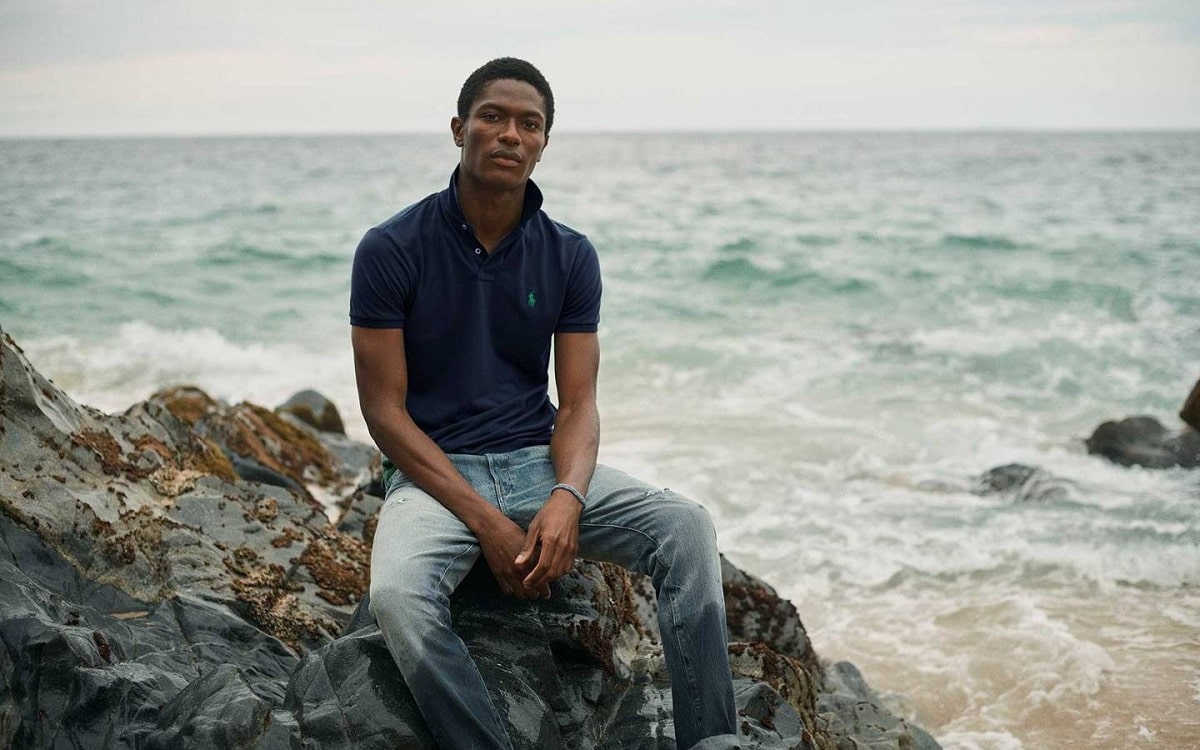
For decades, plastic was assumed to be recycled or contained in a landfill environment. Based on figures from the Smithsonian Institute, only nine percent of all plastics created since the 1950s have been recycled. The remainder gets sent to a landfill, winds up incinerated, a process releasing harmful chemicals into our environment, or stays in our environment. In this latter scenario, the material often finds its way to a river. From here, it may end up in the ocean, where it harms marine life, raises the water’s acidity, or breaks down into microplastics, which fish and other creatures consume thinking that it's food. Along with causing marine life to starve, ocean plastic ends up in the food we eat and the water we drink. In turn, businesses of all types, including fashion, have attempted to devise solutions to address this growing problem.
How Plastic Ends Up in the Ocean
The plastic industry generates about 367 million metric tons per year, which is used from packaging to consumer goods and clothing to medical devices. At this point, you’ve probably come across this prediction from the Ellen MacArthur Foundation and the World Economic Forum: By 2050, the world’s oceans will contain more plastic than fish. Although this statement might be dismissed as hyperbolic, the United Nations Environment Programme estimates that the world’s oceans harbor about 75 to 199 million tons of plastic. Multiple factors are behind this picture: An estimated 8 million pieces of plastic travel to the world’s oceans, with at least 80 percent of this amount originating on land. Most travel from coastal countries and regions with poor waste management strategies. Yet, on a global level, this picture is far more complex:
- The global production of virgin plastic sources continues to increase.
- Economies across the globe use a linear create-consume-discard structure that doesn’t account for repurposing used or consumed materials.
- Building off this last point, even countries with robust recycling systems can’t handle the amount of plastic currently in circulation and push this waste off onto other nations, where it gets burned, ends up in a landfill, or will be dumped into a body of water.
- Fishing waste is frequently deposited directly into the ocean.
In light of this, fly tipping statistics provide a stark reminder of the challenges faced in waste management; in England alone, local authorities dealt with over 1 million incidents of illegal waste dumping in a single year. These alarming numbers underscore the critical need for robust waste management systems to prevent plastic and other materials from ending up in our oceans.
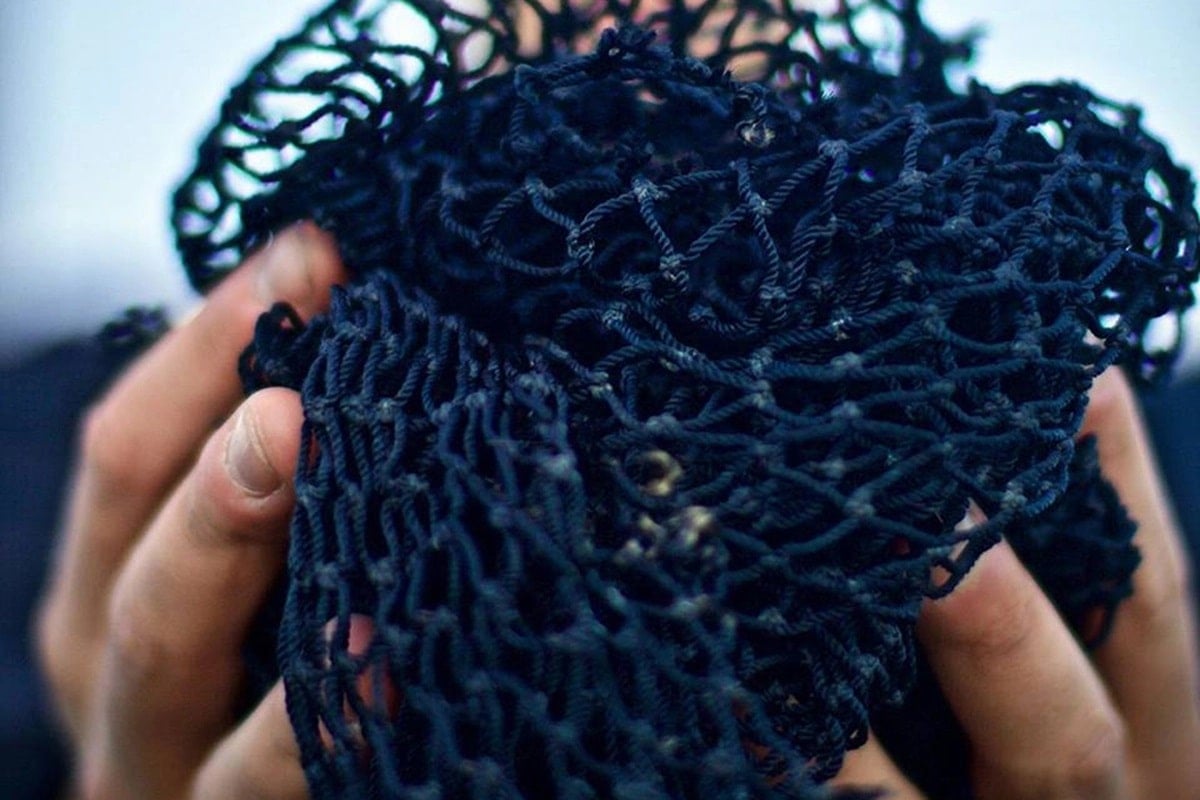
Repurposing Ocean Plastic
You know the phrase by now: reduce, reuse, recycle. Since the 1970s, consumers rather than businesses and industries have been responsible for carrying out this effort. At the same time, whether through consumer demand or misguided recycling programs, virgin plastic ends up in new products, which, more often than not, will be sent to landfills. In considering the fashion industry, this spectrum ranges from clothing made with polyester, acrylic, or other synthetic materials, footwear using synthetic rubber for outsoles, and athletic gear increasingly using treated polyester fabrics. This pattern results in roughly 60 million tons of virgin polyester generated for apparel alone, as well as 80 billion new pieces of clothing created. It’s estimated that over 80 percent of this amount finds its way to a landfill. Rather than generate new materials, brands have started thinking about repurposing plastic waste – including bottles and other trash on its way to or already clogging a water source. You’ll come across these materials under names like ECONYL, which uses a combination of salvaged fishing nets and textiles; Repreve, which has been using recycled water bottles to make a polyester-like product; and SEAQUAL nylon. Despite these efforts, how ocean plastic gets repurposed isn’t always clear, and has started to look like greenwashing, especially as the material has no concrete definition. We’ve broken it down:
- What is ocean plastic? Due to wear and breakdown, plastic salvaged from the ocean can be a challenge to repurpose, and usable amounts can be hard to find. As such, “ocean plastic” typically pertains to plastic collected close to or along shorelines and other waterways, where it could potentially migrate out to sea. How far away from a coastline varies based on the brand or company. This source may be combined with other plastics in varying forms, from bottles to recovered fishing nets. This effort often results in a product, usually melted down before being spun into yarn, that’s about 10 percent from direct marine sources and 90 percent collected on land, labeled as post-consumer waste. It’s estimated that about 80 percent of recycled plastic originates from an ocean-destined source.
- How ocean plastic gets transformed: After the plastics are sorted by polymer types, each material is shredded. This process assists with removing any residual substances, be it a label or grains of sand. Then, ocean sources will be blended with post-consumer waste to be turned into small resin pellets, which can be melted into a number of products. This could be a frame for a pair of sunglasses, or into thread to be used as yarn. If used as yarn, the material gets treated like any other synthetic fabric.
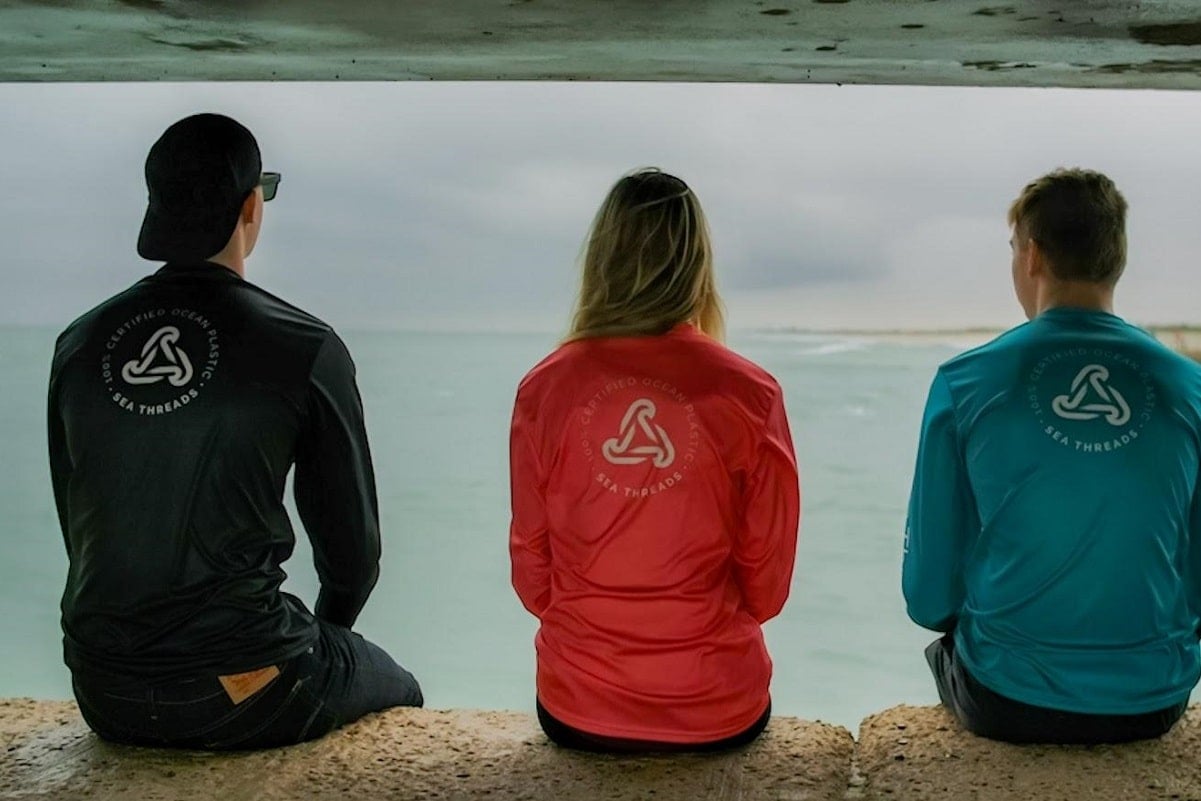
Despite what seems like a low-level measure to help reduce the amount of waste ending up into waterways, repurposing ocean plastic has been slow across fashion and other industries for a number of reasons:
- Virgin plastic remains cheaper: That’s why we continue to see plastic food wrappers everywhere – from candy to vegetables – and clothing increasingly made from polyester or another synthetic source. Recycled plastics, including from ocean sources, are priced anywhere from 15- to 50-percent higher than their virgin counterparts.
- Supply chain issues: Finding reusable sources complicates the supply chain. The result often means small quantities sourced from across the world, and requires brands to partner with other, more marine-centric industries to identify and gather sources. This factor alone raises the cost of sourcing recycled plastic.
- The amount needed: Different products require varying amounts of plastic, which influences the number of bottles and fishing waste needed to be gathered from coastal regions. Recycled plastic regardless of source doesn’t go as far for fasteners like buttons and zippers versus rolls of fabric.
- Colour results: The type and colour of recovered plastic influences the result of the repurposed product. You’ve heard about this with soda bottles – it’s the reason Coca-Cola switched its green Sprite bottles to clear. Oftentimes, melting down these materials results in a grey-to-black opaque plastic, and can lead to confusion among polymer types in sorting.
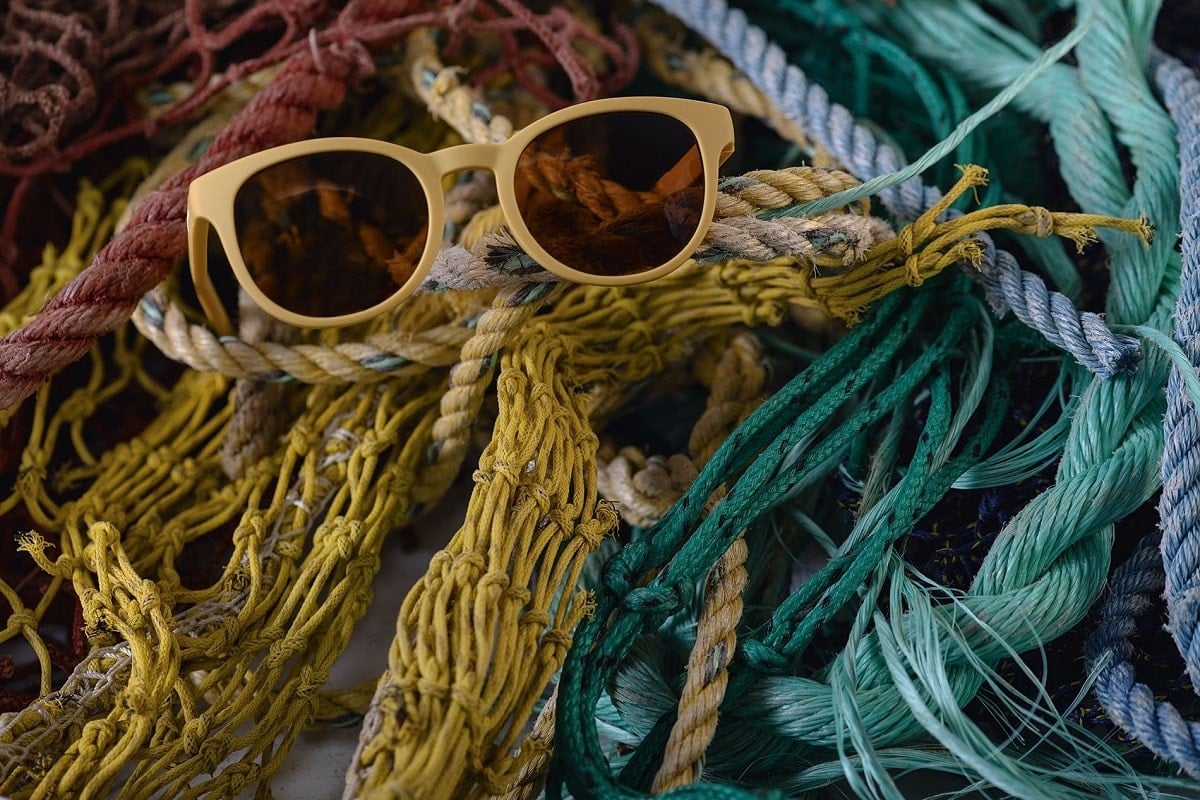
Menswear Brands Repurposing Ocean Plastic
Despite the hurdles detailed above, a visible number of brands are attempting to reuse ocean waste:
United By Blue
United By Blue claims that for every pair of its boardshorts, it reuses about 11 plastic bottles. At the same time, the company further says it removes a pound of trash from oceans and coastlines for every item sold.
Parley for the Oceans
Most fashion enthusiasts came across Parley for the Oceans through the brand’s collaboration with Adidas, which resulted in a limited-edition collection of trainers repurposing bottles destined to become ocean plastic. Along with its own line of apparel and accessories, Parley has since expanded upon its partnership with Adidas and has additionally branched out to collaborating with Stella McCartney and Gucci.
Patagonia
Patagonia was one of the first brands to start using recycled plastic – repurposing bottles for its fleece all the way back in 1993. Those efforts have since expanded to creating shell jackets out of ECONYL.
Sea Threads
A newer brand on this list, Sea Threads claims to make its clothing line from 100% certified ocean plastic. Roughly a pound of the material goes into each shirt made. At the same time, the company has partnered with organizations in Indonesia to help clean up waste from its coastlines and repurpose these materials.
Outerknown
Started by surfer Kelly Slater and designer John Moore, Outerknown is another brand using ECONYL. Claiming to offer more transparency than other swimwear and surf brands, Outerknown has been designing its Evolution line with this recycled nylon, putting it toward swim trunks, as well as shirts, jackets, and caps.
Labo Mono
Another emerging brand, Labo Mono takes a two-fold approach to sustainability with its unisex waterproof jackets known for their bright patterns. Each is made from about roughly 30 recycled plastic bottles and comes with a repair kit and fasteners for a longer garment lifespan.
Fair Harbor
Another swimwear brand, Fair Harbor claims to construct its boardshorts using about 11 plastic bottles collected from the ocean. To date, the company has upcycled over 27 million plastic bottles.
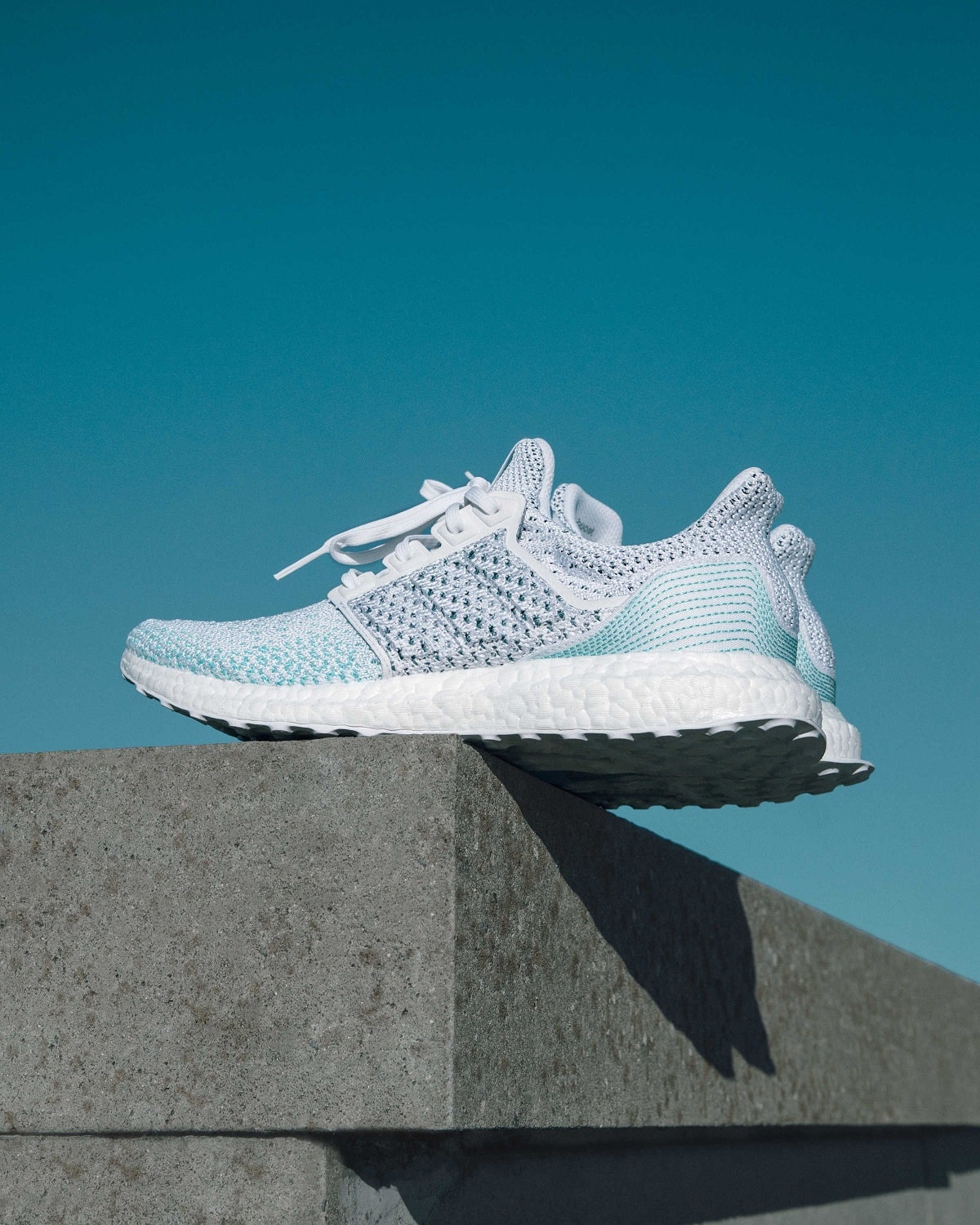
Karun
Karun constructs its classically styled sunglasses out of a combination of repurposed fishing nets and wood from fallen Chilean oak trees, while its straps use a blend of recovered cotton and leather waste.
GANT
GANT’s Beacons Project sees the menswear brand use SEAQUAL™, a polyester made from recycled ocean plastics, and collaborate with Mediterranean fishermen to reduce the amount of waste in the region, with the goal of turning it into fabric. This has resulted in its Bio oxford and chambray shirts for men and women.
Oceans the Brand
A Belgian-based company, Oceans the Brand strives to construct swimwear fully from recovered ocean plastic. At the same time, the company donates about five percent of its sales each year to charities helping clean up the oceans.
Ocean Threads
A line of athletic gear, Ocean Threads makes each item out of polyester constructed from about a pound of 100% certified ocean plastic.
Norton Point
Back in 2016, Norton Point launched a line of sunglasses designed from high-density polyethylene sourced from ocean plastic.
Bureo
B Corporation Bureo is another brand attempting to repurpose discarded fishing nets – these sourced from the Chilean coast. Taking a more multifaceted approach, the company puts this material toward its line of sunglasses, as well as skateboards, game pieces, and water booths.
Watch Brands
While ocean plastic frequently gets repurposed as fabric or HDPE for accessories, luxury watch brands have attempted to use it for straps. Perhaps the most prominent example is Breitling’s Superocean Heritage ’57 Outerknown Limited Edition, launched in November 2020 around the time the company pledged to keep most of its papers in digital form. Created through a partnership with Outerknown, this model stands out with a strap constructed out of ECONYL yarn. In a similar move, Tom Ford’s 002 Ocean Plastic watch lives up to its name, with each timepiece using about 35 plastic bottles recovered from waterways and the ocean.
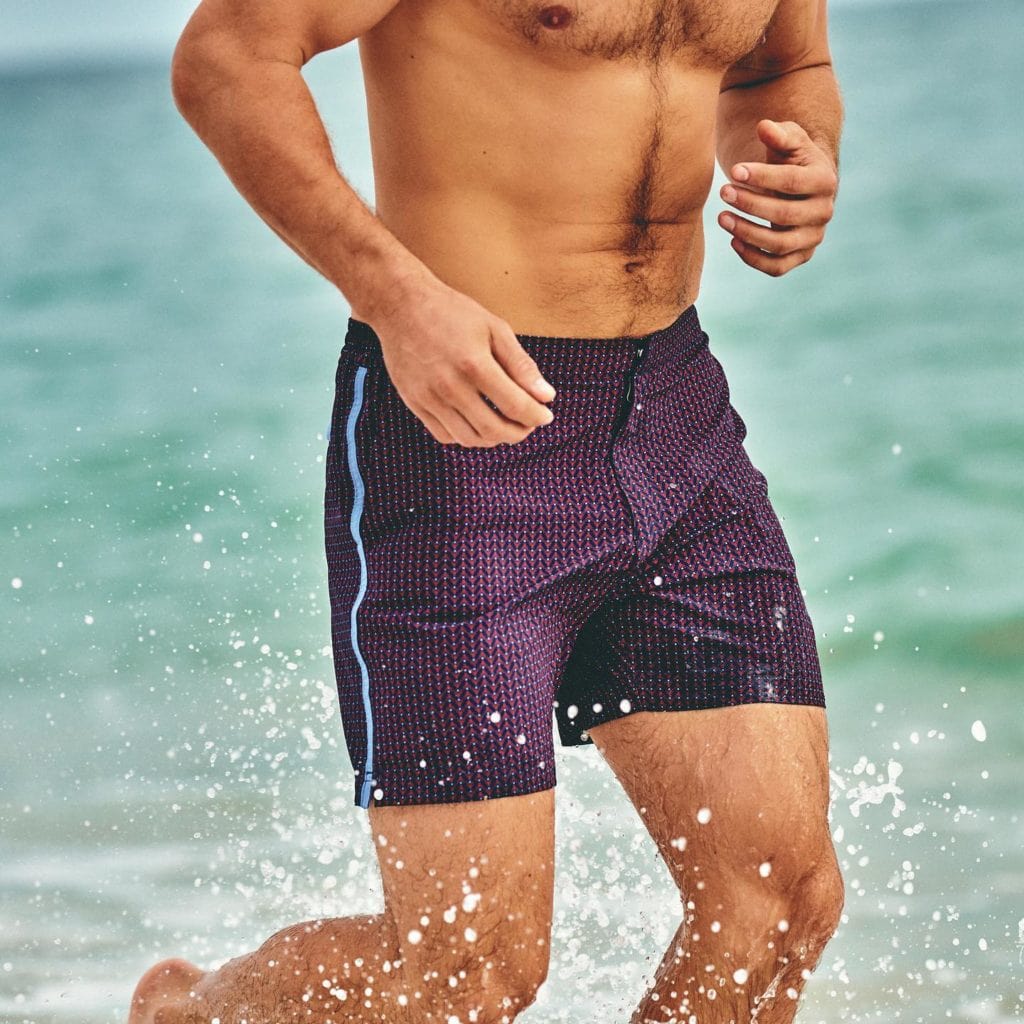
Concerns Over Recycling Ocean Plastic
Although reusing ocean plastic for clothing and accessories seems like a small step in the right direction, concerns have emerged. Firstly, there’s the rate at which plastic gets reused versus how it’s being generated. As environmental efforts shift from consumer to corporate and industry responsibility, recycling programs themselves have come into question as a veneer that doesn’t address the amount of waste consumed and dumped. Ultimately, repurposing ocean waste can create a false impression that what we consume today will be repurposed tomorrow, and instead, efforts to move away from plastic and reduce what we consume will likely have a more meaningful long-term impact. Also considering clothing’s perceived disposability, polyester and other synthetics, even when made from recycled ocean plastic, eventually end up in landfills due to inconsistent and complicated textile recycling programs. Then, there’s the growing concern about microplastics. Plastic waste is divided into two general groups: macroplastics, or the larger items like bottles that wash out into waterways and eventually oceans, and microplastics, which are created through macroplastics breaking down, as well as wearing and washing synthetic materials, which shed very fine, hair-like fibers. It’s estimated that macroplastics compose just six percent of all plastic products entering and accumulating in the oceans, and microplastics make up the remainder, including an estimated 35 percent from clothing sources. Illustrating their pervasiveness, microplastics are found in the food we eat, water we drink, and frozen in the Arctic Sea. We might not be dumping microplastics – most measuring just 5mm long and just micrometers across – directly into the ocean, but the apparel industry and our washing habits contribute to their spread across the world’s waterways:
- Washing a load of clothes can cause about 700,000 microplastic fibers to enter a water source. The fibers originate from polyester, acrylic, elastane, rayon, and nylon. This will likely increase with the rate of synthetic fabric production. Current filter size – including for your washing machine and at your local sewage treatment plant – can’t trap all of these particles, so you’re advised to purchase a separate filter or a bag to wash synthetic garments in. Although using a sponge to clean also contributes to microplastics in wastewater, washing clothing is the primary source.
- Microplastics are primarily considered a fast-fashion issue, due to the sector’s growth, perceived disposability, and increasing use of synthetic materials. Even before you wash or dispose of your clothing, wastewater from dyeing and clothing treatments releases these fibers plus other chemicals into the environment.
- Both fully synthetic and partially synthetic (for instance, poly/cotton fabrics) come with these concerns. Polyester and nylon created from recycled plastic aren’t exempt, and research shows that these PET materials might even shed fibers at a faster rate than their virgin-sourced counterparts. Considering this, reusing ocean plastic can cause this material to return back to its source.
- Once these fibers are released into the environment, they ingested by marine life. We then consume them whenever we eat fish or drink from the local water supply. As well, microplastics tend to absorb other chemicals and substances, including bacteria, and become more toxic in the process, potentially acting as endocrine disruptors in humans, fish, and animals.

Trending
2
3
4
5
6
7
8
9
10










